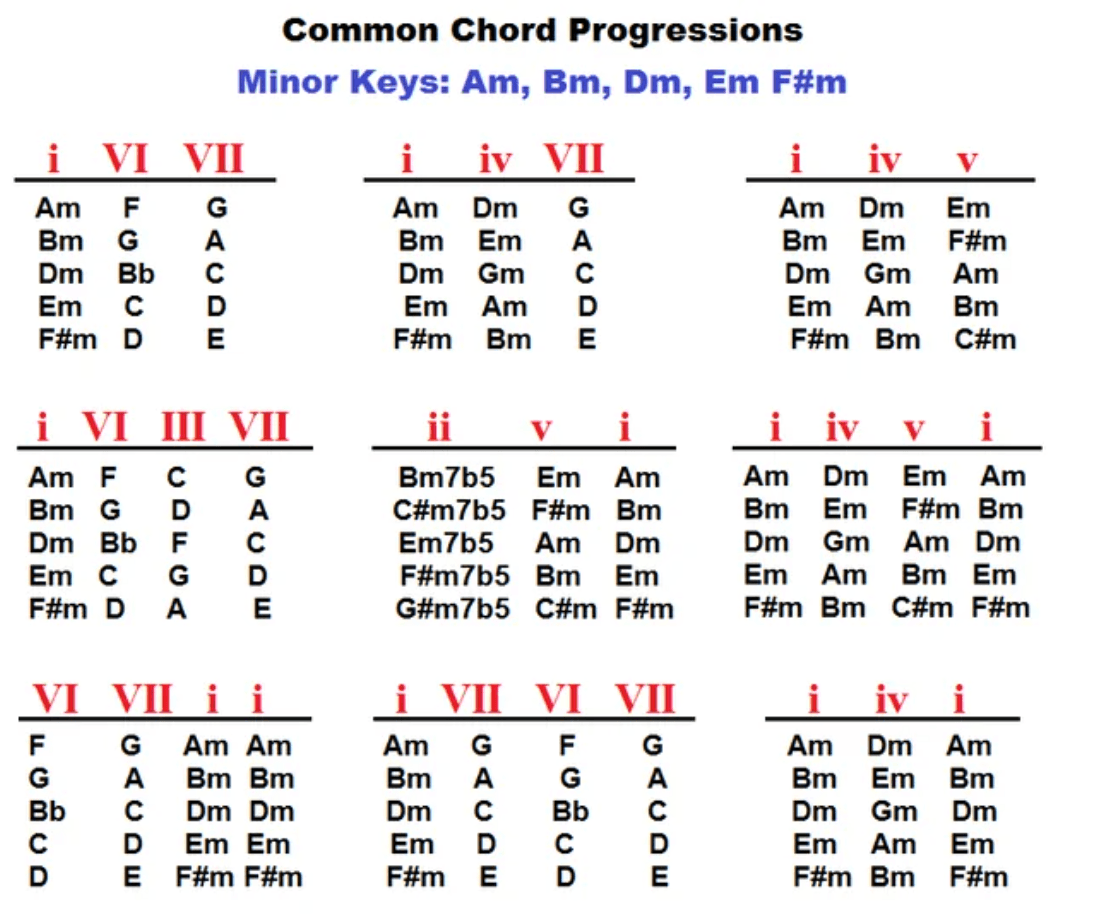Are you curious about how sonic audio tools can revolutionize your music production process? Look no further!
While the core of music-making still involves talent and hard work, sonic audio tools, especially those leveraging AI, can serve as your virtual studio assistant.
Read on to discover how these tools evolved, what they offer today, and why they're a must-have in your audio production toolkit.

From Acoustic Era to Electric Guitar: The Odyssey of Audio Technology
The journey of audio production and audio recordings has been long and transformative, evolving from rudimentary devices to advanced digital solutions.
Within this historical context, it’s important to note how each era contributed to the modern-day sonic audio tools we use.
Let's dig deeper into this evolutionary tale.
Where Sonic Audio Tools Began: The Roots of Audio Innovation
The story begins in the late 19th century with pioneers like David Edward Hughes.
He broke new ground with his carbon microphone in 1875, well before Bell, Edison, or Berliner made their marks.
This foundational technology was further bolstered by Lee DeForest's invention of the Audion in 1906 and Oliver Lodge's creation of the moving coil loudspeaker in 1898.
Key Technologies:
1. Carbon Microphone (1875): Opened the doors to sound recording and transmission.
2. Audion (1906): First-ever device to amplify electrical signals, which became crucial in sound systems and live events.
3. Moving Coil Loudspeaker (1898): Established the blueprint for modern loudspeakers.
These foundational inventions laid the groundwork for public audio systems and amplification, becoming the stepping stones for future technological developments.
The Road to Rock ‘n’ Roll: Amplifying the Groove
The 1950s were a pivotal moment for audio technology, driven by cultural shifts.
Rock ‘n’ roll music, coupled with the advent of the electric guitar, led to a surge in demand for higher levels of amplification.
This need drove the invention of operational amplifiers and the first professional audio equipment, including summing devices for multi-channel consoles.
Pioneering Moments:
1. Electric Guitar: Revolutionized music genres and necessitated new audio technologies.
2. Operational Amplifiers: Became integral in high-powered sound systems, enabling artists to perform in larger venues.
3. Multi-Channel Consoles: Allowed more complex arrangements and recording setups.
As we entered the 1970s, the focus shifted from sheer power to the quality of sound. This era saw the creation of digital reverberation units, like the EMT Model 250, affecting the quality and shape of the sound.
It led to iconic commercials like “Is it Live or is it Memorex?” that questioned our ability to differentiate between live and recorded audio.
This era laid the foundation for audio files as we know them, making way for the digital era that would follow.
Innovations of the '70s:
1. Digital Reverb Units: Elevated the audio experience, adding depth and space.
2. Quality over Power: Shifted the industry focus to sound fidelity, paving the way for digital formats and high-definition recording.
The historical journey from the Acoustic Era to the rise of Rock 'n' Roll has shaped the sonic audio tools we use today.
While we can download digital tools and studio equipment from GitHub or purchase them in sales, it's fascinating to see how far we've come since the carbon microphone and operational amplifiers.
Now, our understanding of this history can deepen our appreciation for the power and potential that modern audio production holds.

Current Sonic Wonderland: Where Are We Now?
In today's rapidly evolving technological landscape, the audio production industry has seen monumental shifts.
From highly-efficient amplifiers to AI-driven innovations, let's delve into where we stand in this current sonic wonderland.
The Pinnacle of Efficiency: Modern Audio Gear
Thanks to years of technological advancements, the current state of audio production has reached new heights of efficiency.
Gone are the days when audio engineers had to lug around massive racks of amplifiers to concerts and recording sessions.
Today's amplifiers are lighter, yet they pack the same—or even greater—sonic punch.
Features of Modern Amplifiers:
1. Lightweight Design: Reduces the physical burden on engineers and musicians.
2. High Power Output: Achieves robust sound quality without compromising on efficiency.
3. Flexible Customization: Allows fine-tuning settings to meet specific audio requirements, be it in a live performance or a studio setup.
Enter AI Music Tools: The Creative Game Changer
While human creativity remains irreplaceable, AI music tools have emerged as invaluable aides in the music creation process.
These tools bring computational prowess to your artistic visions, opening up new avenues for innovation and experimentation.
Your Next Audio Muse: Empress AI Music Tools
Embarking on your next musical journey has never been easier thanks to the advanced Empress AI music tools.
From melody crafting to lyric writing, these tools stand as your trusty sidekicks in the realm of audio production.
Melody Mind: Your AI Melody Generator
Let's begin with Melody Mind, a tool that literally puts melodies at your fingertips. All you have to do is input the instrument, chords, genre, and BPM, and voila!
For instance, if you enter a violin, C major chord, classical genre, and a BPM of 120, you might receive a Beethoven-inspired melody.
Think of it as a file of endless inspiration, ready for you to download and incorporate into your compositions.
Lyric Lab: Where Words Flow
Gone are the days of lyrical writer's block with Lyric Lab. Craving to craft a futuristic Sci-Fi track with an ominous tone?
No problem. Enter your chosen genre and tone, and this audio AI tool will present you with lyrics that could be ripped from the pages of Asimov or Clarke.
Chord Candy: The Sweetest Chords
Every song needs a solid backbone, and that's where Chord Candy comes into play.
Picture yourself at a grand piano, finger hovering over the key of G, contemplating a jazz masterpiece at a BPM of 150.
Chord Candy provides a cornucopia of chords that not only fit your musical format but also elevate it to new levels.
Song Idea Generator: Your Emotional Compass
Delving into human emotions can be challenging, but the Song Idea Generator simplifies it. Interested in exploring themes like depression or euphoria?
Input your chosen emotion and watch how this AI-powered tool releases a creative starting point, allowing your music to resonate on a deeper level.
Bass Brain & Drums De Dior: Rhythm Reimagined
The rhythmic components of a song are crucial, and Bass Brain along with Drums De Dior ensure you're well-equipped.
Choose your type of bass, chords, genre, and BPM, and these AI tools will generate the rhythm section of your dreams.
Whether you’re laying down a funk groove or a hard-hitting metal track, it’s like having a session musician in your studio.
Harmonious Hitmaker: Title to Triumph
Harmonious Hitmaker turns your raw emotion and chosen genre into potential chart-topping song titles.
Imagine creating a melancholic blues number and getting a title suggestion like "Rainy Day Reverie." It's not just a title; it’s the potential start of your next big hit.
With these AI music tools, anyone can tap into a reservoir of inspiration, making the process of audio production more accessible and enjoyable.

The Intersection of AI and Audio Production: A Synergy of Possibilities
The advent of AI has pushed the envelope in audio production, introducing new formats and approaches to crafting music. These aren't just mere tools; they're catalysts for creativity.
AI's Role in Audio:
1. Automating Repetitive Tasks: Frees up time for the creative aspects of music production.
2. Intuitive User Interfaces: Allows easy download and integration into existing workflows, complete with readme guides and GitHub repositories for community contributions.
3. Versatility in Output: Supports multiple file formats, making it easier to integrate AI-generated components into your projects.
From AI music tools to efficient amplifiers, the current landscape is indeed a sonic wonderland.
And as technology continues to evolve, we can only anticipate even more sophisticated and powerful audio production solutions down the line.
So whether you’re an aspiring musician or an audio engineer, today's tech landscape offers endless possibilities to bring your sonic visions to life.
Empress: Take Your Music to the Next Level
Why stick with the basics when you can revolutionize your music production with Empress? Offering high-quality audio files and cutting-edge editing features, we have all you need to make your tracks stand out. Elevate your music today!
FAQs: Sonic Audio Tools
Q1: Can I use Empress AI Music Tools even if I'm not a professional musician?
Absolutely, Empress AI is designed to be user-friendly and is perfect for both professionals and novices in music creation.
Q2: Does Empress AI offer any tools for lyric writing?
Yes, Lyric Lab is a feature in Empress AI specifically designed to help you craft lyrics in various styles and tones. If you'd like to learn more AI lyrics tools, check out our blog post "AI Lyric Tool: Unleashing the Innovative Tool for Songwriting"
Q3: What sets Empress AI's Chord Candy apart from other chord generators?
Chord Candy allows you to customize by instrument, key, genre, and BPM, offering a tailored selection of chords to fit your specific project.
Q4: Can Empress AI assist in making different genres of music?
Yes, Empress AI accommodates various genres by allowing you to input the genre in tools like Melody Mind and Chord Candy.
Q5: Do I need to be tech-savvy to use Empress AI?
No, Empress AI is designed with an intuitive, user-friendly interface that requires no technical expertise.
Follow the future of music with Empress. Check out our blog to learn how you can effectively use these AI music tools.


